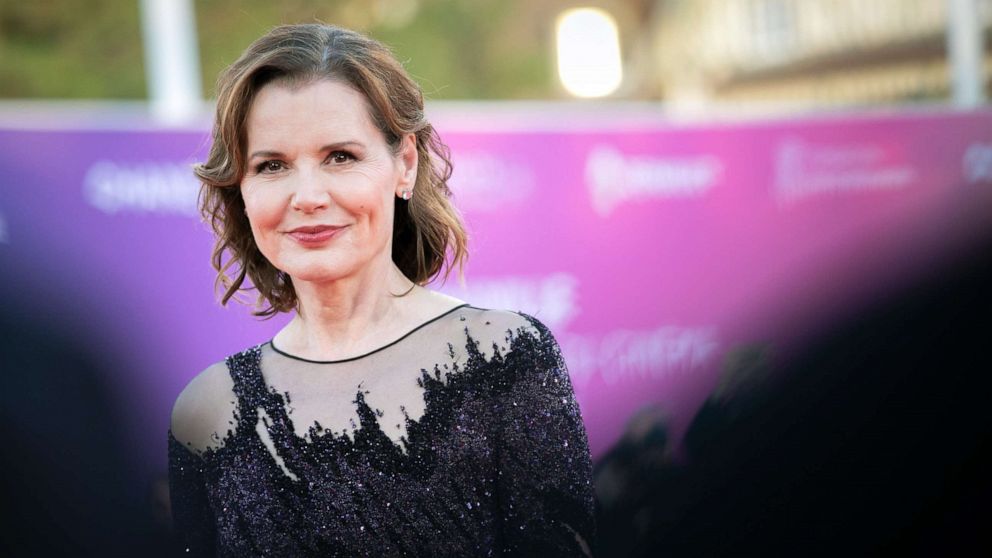


A report 15 years in the making has just revealed that gender parity in children's television has been achieved.
But that doesn't mean Geena Davis, or her institute, is done working toward greater inclusion in media.
The Oscar-winning actress's Institute on Gender in Media has been working with and advising the industry since 2004, compiling data on men, women, race, sexual orientation and more in hopes of achieving parity throughout TV programs. Its first stop was to look at what content children were seeing on screen.
(MORE: How gender equality and diversity were addressed at 2018 Oscars)In the organization's latest report, released Tuesday, it looked at more than 3,800 leading, supporting and minor characters and found significant progress.
"We have seen a dramatic rise in the number of female leads/co-leads in children’s television shows -- from 42% (2008) to 52% (2018). This is an historic finding of gender parity in the most prominent characters in children’s television," the report says
In fact, in children's TV, the report says female characters accounted for 55% of screen time and 50.3% of speaking time and that the parity was achieved back in 2011.
Another important discovery, "Female characters are significantly more likely to be depicted as leaders than male characters (45.5% compared to 41.4%)."
In an interview last week with The Washington Post, Davis said she was pleased her institute's hard work and dedication had paid off.
"The goal from the very beginning was gender balance in what kids see on screen. To achieve parity for leads in television, in this amount of time, is just -- I was going say beyond what I would hope for, but it’s exactly what I hoped for,” she said.
But the report doesn't just look at TV.
The report is created by examining the 25 most popular children’s television programs, the top 100 children’s films and the top 100 films overall.
While the report is good news in the realm of children's TV, films have not matched the progress.
Last year, male leads were more than twice as common as female leads at 67% to 32%. Furthermore, female characters account for only about 36% of speaking time allowed in these films.
(MORE: US women's Alex Morgan: What's next in the battle for gender equality)Popular films, which includes R-rated movies, have a better ratio.
Still, male characters account for 60% of leads, while women are 39.1%.
"Female characters are six times more likely than male characters to be shown in revealing clothing," the report adds.
In children's TV and films, people of color still account for below 30% of the leading roles.
People of color in children's TV and films are more likely to be depicted as intelligent than their white counterparts.
In children's films, 95 percent "of prominent characters are heterosexual, and this number has not improved in the past decade."
But in popular films, "Characters of color are more likely than white characters to be shown in a criminal occupation," the report continues.
As for LGBT+ characters in children's TV, they make up just 0.2% of lead roles. The report goes on to add that in children's films, 95% "of prominent characters are heterosexual, and this number has not improved in the past decade."
In children's TV, leading characters living with a disability are depicted just about as often as the LGBT+ community.
"Less than 1% of leading characters have a physical, mental, or communication disability," the study states.
For more information and the full report, set to be published later this week, head over to seejane.org.